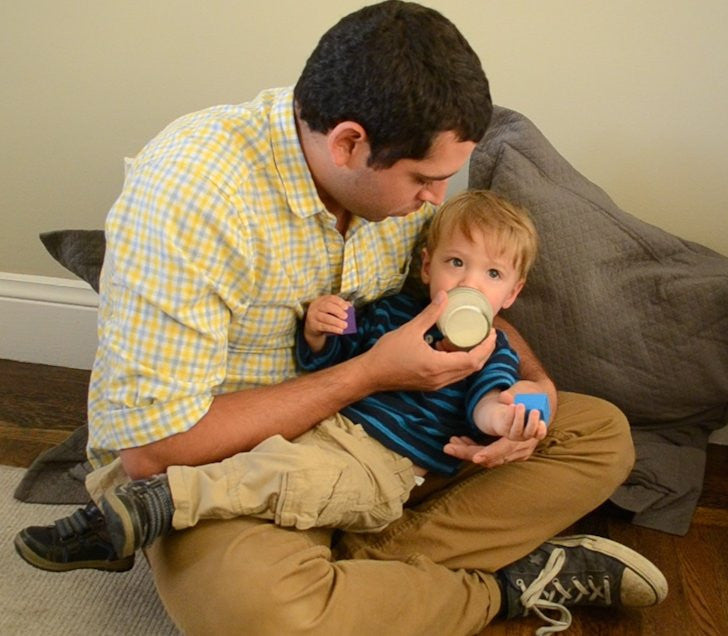


Does shaking breast milk actually damage the nutritional value? Research is scant, but this Ph. D says most likely not.
Since the fat in breastmilk rises to the top, my husband's first impulse was to give the mason jar a good shaking before turning it into a bottle for our son. My mother, who saw him do this—and who I should mention is not at all the nagging type—stepped out of character for a moment and told him not to shake the jar. And if you have ever done any reading online about how to handle breast milk, you have probably encountered the same warnings that breast milk should be gently swirled, not shaken, because it may damage the proteins it contains. However, the scientific research in support of this advice borders on non-existent.
Most of what you'll find online links back to two sources: Lactation Consultant Linda Smith, who published a short and citation-less essay entitled, “Don’t Shake the Milk,” vs. Anthropologist Elizabeth Quinn Ph. D, who wrote a very lengthy and reasonable analysis of the available scientific data on her blog.
Because there are no studies that specifically look at what happens to human breast milk when shaken, Dr. Quinn went about gathering data points from other scientific resources in order to answer this question. Here’s a look into her thought process:
“The idea that shaking denatures proteins is based on the shear force the proteins would be exposed to during shaking. We need two pieces of information here: what level of force is generated by shaking and what level of force denatures proteins."
How she calculates the force a human arm can generate vs. the force a protein can tolerate is pretty interesting, and she goes into great detail about it on her blog if you're interested. Long story short, once she compared the figures, the conclusion was pretty clear:
“It is unlikely that the human arm is capable of generating enough force to damage the cells in the milk.”
And although there are no human studies, she goes on to cite the closest research available, which looked at leukocyte levels in animal milk. (You may remember that we also encountered leukocytes last week when we looked at another feeding myth about storing breast milk in glass. Leukocytes are the beneficial antibodies mothers pass on to their babies to help build their immune systems):
“A study of leukocytes exposed to shear forces in a rat model, found that leukocytes incurred very little damage from shear forces. Breast milk cells are likely exposed to high shear force at multiple points in their normal life course – from milk ejection to swallowing to digestion, and may be more resistant to cell damage.”
So, could you mix breast milk like a martini? Maybe. There’s not enough research to know for sure. We’ll probably still mix milk on the gentle side, but it’s nice to know this isn’t an issue worth worrying about too much.

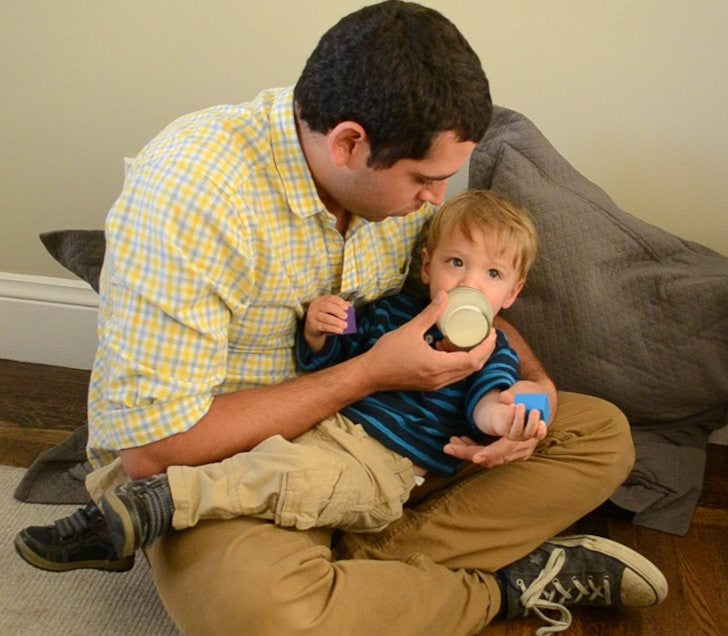
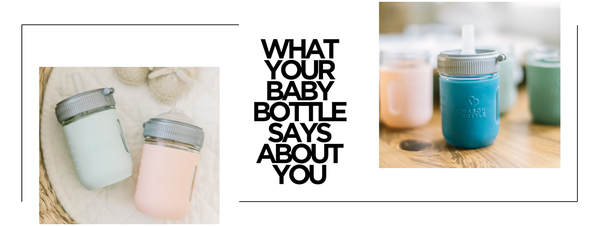
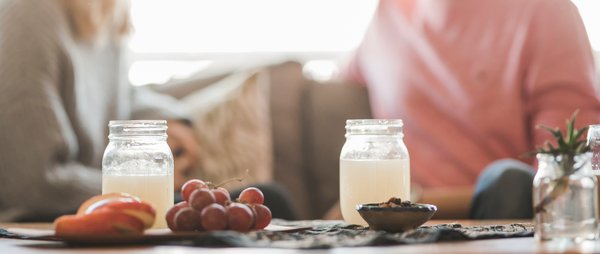
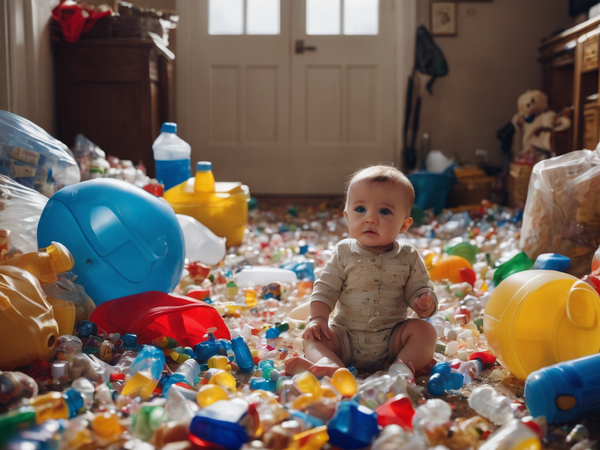
0 comments